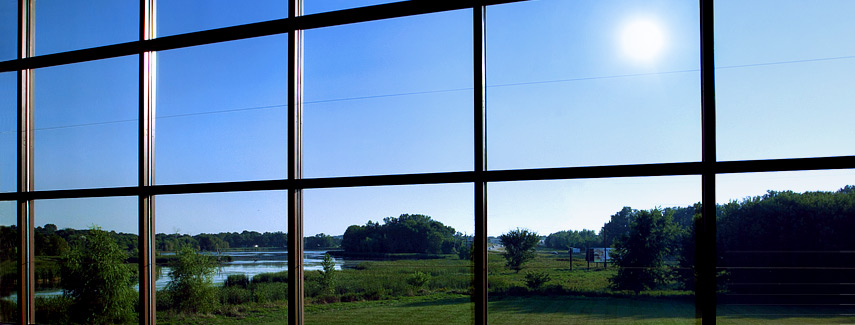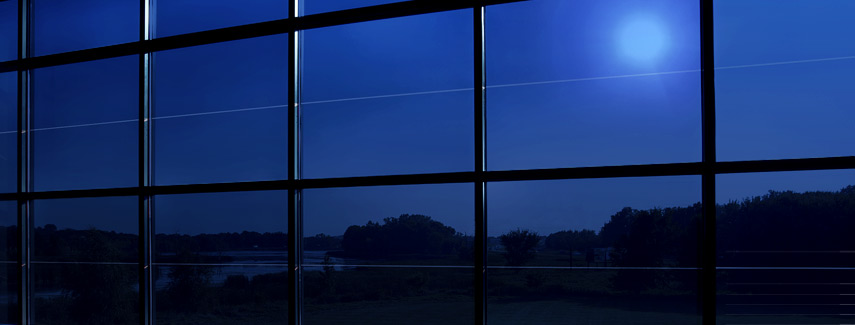Contact: Dr Andreas Schüler, Olivia Bouvard


Image source: http://sageglass.com/
For highly glazed office buildings, even in Switzerland a form of solar protection is needed in order to avoid excessive cooling needs and to provide thermal and visual comfort. The use of windows with switchable solar heat gains limits the cooling needs in summer, and decreases the heating needs in winter.
Even though smart windows based on electrochromic coatings are on the market today, there are still several major drawbacks with existing technologies. The switching speed is slow; the optical response of switching has to be improved with respect to contrast and speed. In addition, the durability of devices based on liquid or organic electrolytes is not yet satisfying, Conventional electrochromic windows are based on gel-like electrolytes, and suffer from limited lifetime due to the outgassing of the liquid component. The use of inorganic solid-state ion conductors such as LiPON, LLTO and Ta2O5 open the pathway to more durable devices, which can be built-up as multilayered film stacks on one glass substrate. These novel devices contain transparent conductive oxides, the cathodic and anodic electrochromic layers, and the solid ion conductor separating the latter. During switching the processes at the various interfaces play a substantial role. Photoelectron spectroscopy is used in order to understand the alignment of the valence and conduction bands at the interfaces. Nanometric roughness at the interface, as well as novel nanocomposite materials can be used to increase the area of the internal interfaces and create channels for ion conduction, yielding thereby to a higher switching speed and a stronger optical contrast between the clear and the dark state.
Novel nanocomposite electrochromic transition metal oxide layers combined with new solid ion conductors and chiral liquid crystals open new perspectives for more durable smart glazing with faster optical response.
This project is carried out in cooperation with the Federal Commission of Technology and Innovation in the framework of WP1 of the Swiss Competence Center for Energy Research “Future energy efficient buildings and districts”.
PhD thesis in this domain
Bouvard, Coatings with tailored electronic and optical properties for advanced glazing, EPFL PhD Thesis No. 9199, thesis director Prof. J.-L. Scartezzini, codirector A. Schüler (2019)
DOI: 10.5075/epfl-thesis-9199
Selected publications
O. Bouvard, A. Schueler, Color neutral nanocomposite nickel-tantalum oxide for electrochromic windows, manuscript in preparation
O. Bouvard, A. Krammer and A. Schueler. In situ core-level and valence-band photoelectron spectroscopy of reactively sputtered tungsten oxide films, in Surface and Interface Analysis, vol. 48, num. 1, 2016.
DOI: 10.1002/sia.5927